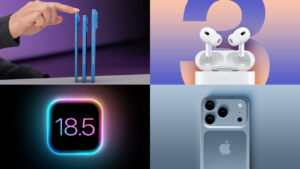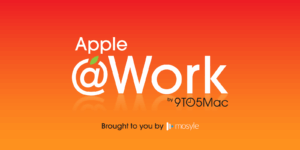Metasequoia 4.8.6 – 3D-modeling software solution.
Metasequoia is a user friendly, easy-to-use 3D-modeling application supporting numerous popular file formats.
Powerful modeling functions:
Metasequoia has basic polygon editing functions. And it also has functions to assist in the finer processing.
The following features have been added and improved, in ver.4.0 or later.
Fill up a hole – It automatically fills in the holes on the surface.
Bridge – It creates a pipe-shaped polygon in between holes.
Bevel – creating a fillet surface (a rounded corner) is added
…etc.
N-gon (5 or more points in a face)
You can make a polygon with 5 or more points. And you can easily add edges (divide a face) or erase edges (merge faces).
Armature
With [Armature], you can create an object shape along the center line. You can create an object by specifying only the center line and the line width. This feature will reduce the time to create the object. And you can edit the generated object in more detail by modeling capabilities.
Bone and Morph
Setting the [Bone], the object can be linked to the deformation of bones. And [Morph] is a function to slide the vertex. You can create such as facial expressions. Bone and Morph settings can be exported to the corresponding file format, FBX or PMD.
Measure (Metasequoia 4 EX only)
You can measure the size of the object. This function is for business use or 3D printer output.
View Unit
You can display units such as millimeters or inches on the screen. And, it is possible to make the input of numerical value with the unit.
Measure a length, an angle and a thickness
You can measure the distance, angle, thickness of any position. Changes in the numerical values associated with the movement or deformation of the object are displayed immediately.
UV Edit
[UV edit] function is greatly improved. New features; automatic unwrapping, and splitting or stitching, etc. are added. UV editing is more efficient.
OpenSubdiv
OpenSubdiv; a Pixar’s subdivision surface; is now supported. By setting the weights to the vertex or line, the edges of the object are generated. And, you get the texture whose distortion of UV is less. If you export OpenSubdiv object to FBX file, you can transfer the shape data between compatible software.
Ambient occlusion (Metasequoia 4 EX only)
Ambient occlusion makes dark in the secluded part, and bright in the opening part. These results are exported to the vertex colors, and you can check the objects from any direction.
Supporting RenderMan
You can get high-quality rendering image by RenderMan with Metasequoia 4. (*Separately, the installation of RenderMan(Commercial or non-commercial) is required.) (*In Standard Edition, there is an upper limit to the rendering resolution.)
Import / Export
Metasequoia supports several file formats of third-party 3DCG software. You can pass files to each other with most of 3DCG software. When you import or export, Metasequoia will support the conversion of the coordinate axes, and reversing the surface direction, and specifying the magnification factor. It will resolve the differences of each software.
Command
Various settings for VRM can now be configured in [Bone].
It is now possible to register presets (including expressions for VRM) in [Morph].
Export
In FBX exporter, points and edges are no longer output even if they are included in the object.
Bug fixes
When specifying rounding with [Bevel], the corners become distorted.
In [UV edit], the UV channel cannot be switched if the object is hidden.
Multi-UV may be displayed incorrectly if there are unused UV channels.
Objects may be lost if the object name and morph name are duplicated in glTF/VRM input.
When outputting glTF/VRM, the output results are incorrect if the skin object’s local coordinates are not at the origin.
Double-sided display is not reflected in the preview in the VRM MToon shader.




